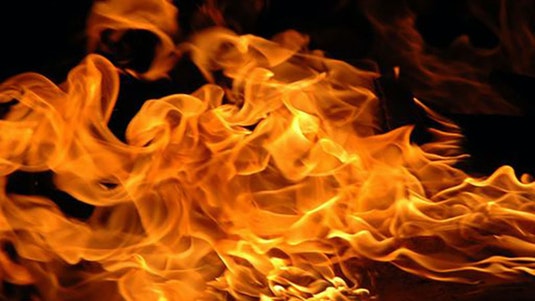Non-Equilibrium Applications of Statistical Thermodynamics free videos and free material uploaded by University of Colorado Staff .
- 7th Mar, 2022
Transport Properties of Ideal Gases
Module 1 explores the transport behavior of ideal gases, with some discussion of transport in dense gases and liquids. It starts with simple estimates of the transport properties of an ideas gas. It then introduces the Boltzmann Equation and describes the Chapman-Enskog solution of that equation in order to obtain the transport properties. It closes with a discussion of practical sources of transport properties.
Spectroscopic Methods
Spectroscopic methods have become increasingly common as a way of determining the thermodynamic state of a system. Here we present the underlying concepts of the subject and explores how spectroscopy can be used to determine thermodynamic and flow properties.
Chemical Kinetics and Combustion
Chemical kinetics are important in a variety of fluid/thermal applications including combustion, air quality, fuel cells and material processing. Here we cover the basics of chemical kinetics, with a particular focus on combustion. It starts with some definitions, including reaction rate and reaction rate constant. It then explores methods for determining reaction rate constants. Next, systems of reactions, or reaction mechanisms, are explored, including the oxidation of hydrogen and hydrocarbon fuels. Finally, computational tools for carrying out kinetic calculations are explored.
Course 5 of Statistical Thermodynamics explores three different applications of non-equilibrium statistical thermodynamics.
The first is the transport behavior of ideal gases, with some discussion of transport in dense gases and liquids. It starts with simple estimates of the transport properties of an ideas gas. It then introduces the Boltzmann Equation and describes the Chapman-Enskog solution of that equation in order to obtain the transport properties. It closes with a discussion of practical sources of transport properties.Spectroscopic methods have become increasingly common as a way of determining the thermodynamic state of a system. Here we present the underlying concepts of the subject and explores how spectroscopy can be used to determine thermodynamic and flow properties.
Chemical kinetics are important in a variety of fluid/thermal applications including combustion, air quality, fuel cells and material processing. Here we cover the basics of chemical kinetics, with a particular focus on combustion. It starts with some definitions, including reaction rate and reaction rate constant. It then explores methods for determining reaction rate constants. Next, systems of reactions, or reaction mechanisms, are explored, including the oxidation of hydrogen and hydrocarbon fuels. Finally, computational tools for carrying out kinetic calculations are explored.

- 0 Reviews
- 3 Students
- 208 Courses

Write a public review